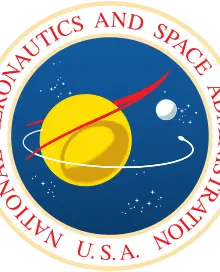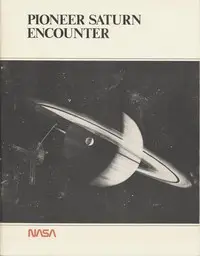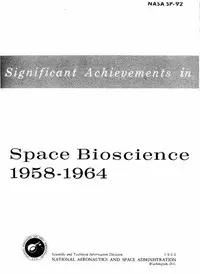
United States. National Aeronautics and Space Administration
The National Aeronautics and Space Administration is an independent agency of the U.S. federal government responsible for the civil space program, aeronautics research, and space research. Established in 1958, it succeeded the National Advisory Committee for Aeronautics (NACA) to give the U.S. space development effort a distinct civilian orientation, emphasizing peaceful applications in space science. It has since led most of America's space exploration programs, including Project Mercury, Project Gemini, the 1968–1972 Apollo Moon landing missions, the Skylab space station, and the Space Shuttle. Currently, NASA supports the International Space Station (ISS) along with the Commercial Crew Program, and oversees the development of the Orion spacecraft and the Space Launch System for the lunar Artemis program.

Voyager Encounters Jupiter
Embark on a journey to witness explosive volcanoes, giant storms, and icy landscapes as a spacecraft unveils the mysteries of a distant gas giant and its captivating moons.
By United States. National Aeronautics and Space Administration

Pioneer Saturn Encounter
Embark on a journey to witness the first close encounter with Saturn, where a lone spacecraft unravels the mysteries of its rings and moons, forever changing our view of the solar system's most iconic planet.
By United States. National Aeronautics and Space Administration

Voyager 1 Encounters Saturn
Embark on a cosmic journey alongside Voyager 1 as it unveils the mysteries of Saturn, its rings, and its moons, revolutionizing our comprehension of the solar system.
By United States. National Aeronautics and Space Administration

Significant Achievements in Space Bioscience 1958-1964
Explore the groundbreaking experiments and discoveries that shaped our understanding of life beyond Earth and paved the way for human space exploration.
By United States. National Aeronautics and Space Administration
